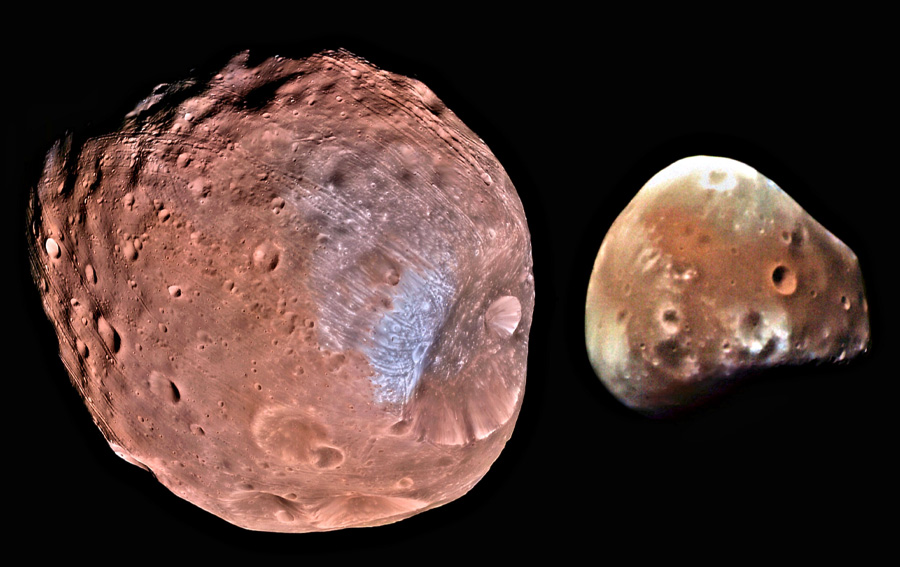Swedenborg’s ETs - ATLANTIS RISING THE RESEARCH REPORT (original) (raw)

By J. Douglas Kenyon
Should a publication devoted to discussing the history of life on Earth, be concerned with life on other worlds?
Should a publication devoted to discussing the history of life on Earth, be concerned with life on other worlds?For history purists, the answer might be, ‘NO’, but for others, it is not so simple. If no-less-an-authority, than the “History Channel” can produce Ancient Aliens, an immensely popular documentary series making a case for extra-terrestrial intervention in Earth’s history; and if agencies like the U.S. Department of Defense now officially admit the authenticity of military photographs showing anomalous, seemingly alien, aerial vehicles; and if Harvard’s top astronomer can argue that an unexplained object tracked hurtling through the solar system was a hi-tech artifact from another star… Ifall of that, and more, is true, shouldn’t the possibility of an extra-terrestrial dimension—never mind ‘intervention’—in Earth’s history, be worth, at least, discussing?
In November, 2017, a mysterious object dubbed ‘Oumuamua’ (Hawaiian for “messenger”) suddenly appeared on an interstellar trajectory curving around our sun. Shaped like an enormous, black, cigar, it was described by astronomers as the first such object ever observed. In his subsequent book, Extraterrestrial: The First Sign of Intelligent Life Beyond Earth, Avi Loeb, chairman of Harvard’s astronomy department, insisted the object cannot be properly explained except as a product of alien intelligence.
The possibility that our solar system had hosted an intruder, possibly carrying evidence of life on other worlds, certainly intrigues, not only UFOlogists, but many mainstream scientists, as well. “The more I study this object,” says Loeb, “the more unusual it appears, making me wonder whether it might be an artificially made probe which was sent by an alien civilization.”It may seem like a no-brainer, but NASA is now under pressure to get more serious about the search for ET life. A congressionally mandated report from the National Academies of Sciences, Engineering, and Medicine (NASEM) says every NASA space-bound mission should be searching for ET. The authors of the report, say that the study of how life originated and how itmight evolve elsewhere in the universe—should be part of every phase of all NASA missions destined for space, “from inception and conceptualization, to planning, to development, and to operations” (https://nap.nationalacademies.org/catalog/25252/an-astrobiology-strategy-for-the-search-for-life-in-the-universe).
Impressed by recent discoveries of thousands of exoplanets, scientists think we need a new strategy to solve the puzzle of life’s origins. NASA mightbegin such a campaign by consulting some of the unsung heroes, that it has so long ignored, at least publicly. Emanuel Swedenborg, for instance, the eighteenth-century Swedish polymath, who—along with Immanuel Kant—is credited with the nebular hypothesis of star formation (still the most widely accepted theory of star formation), believed that the universe is teeming with life, and claimed in public writings to have directly communicated with the inhabitants of other worlds.
A confidante of kings and scholars, Swedenborg was immensely influential in the science of his day, and, to some extent, remains so—counting thinkers like Carl Jung, Honore de Balzac, Helen Keller, and William Butler Yeats, among his followers. His scientific writings dealt with human physiology, inventions, some of the initial concepts concerning brainneurons, and virtually all known areas of scientific investigation. The majority of planets are, he claimed, inhabited by intelligent beings and he described in extensive detail his personal encounters with many of them. While he had introduced his ideas of extra-terrestrial influence in 1749, Swedenborg ultimately took the notion much further, devoting an entire book to the topic. Beings from remote worlds, he explained in Earths in the Universe, 1758, had contacted him for over a decade and indeed had appeared physically before him, appearing in several locations and providing important details about the universe. He spoke of beings on Mars, Venus, themoon, Saturn, Mercury, and Jupiter, and beyond our solar system.
Immensely popular in his own time, Swedenborg’s works have, ever since, been subject to much ‘interpretation.’If that all sounds like science fiction, it’s worth remembering that science fiction has proved right about many amazing things, and some of its fans have even speculated that its writers must have accessed secret, yet authoritative, information. As science writer William B. Stoecker explained in “Foreseeing the Past,” (Atlantis Rising #94) some SF writers do “seem to have had knowledge of our own mysterious past, as well as knowledge of the present, unavailable to most people.” He cites Gulliver’s Travels, Jonathan Swift’s famous satire, considered by some to be early science fiction, which mentioned the two moons of Mars in 1726, over a century before their discovery. “Swift said they orbited at three and five diameters of Mars in orbital periods of 10 and 21.5 hours. The actual moons orbit at 1.4 and 3.5 Martian diameters from the red planet, in 7.6 and 30.3 hours.” Not exact, but still pretty close for mere coincidence.

